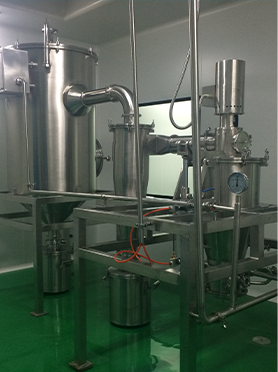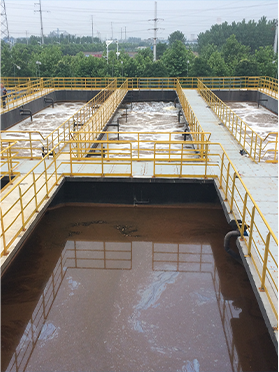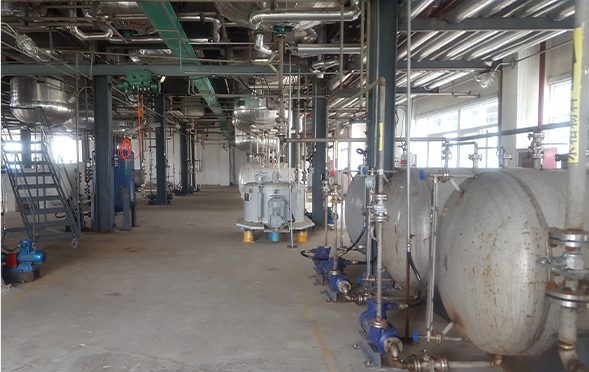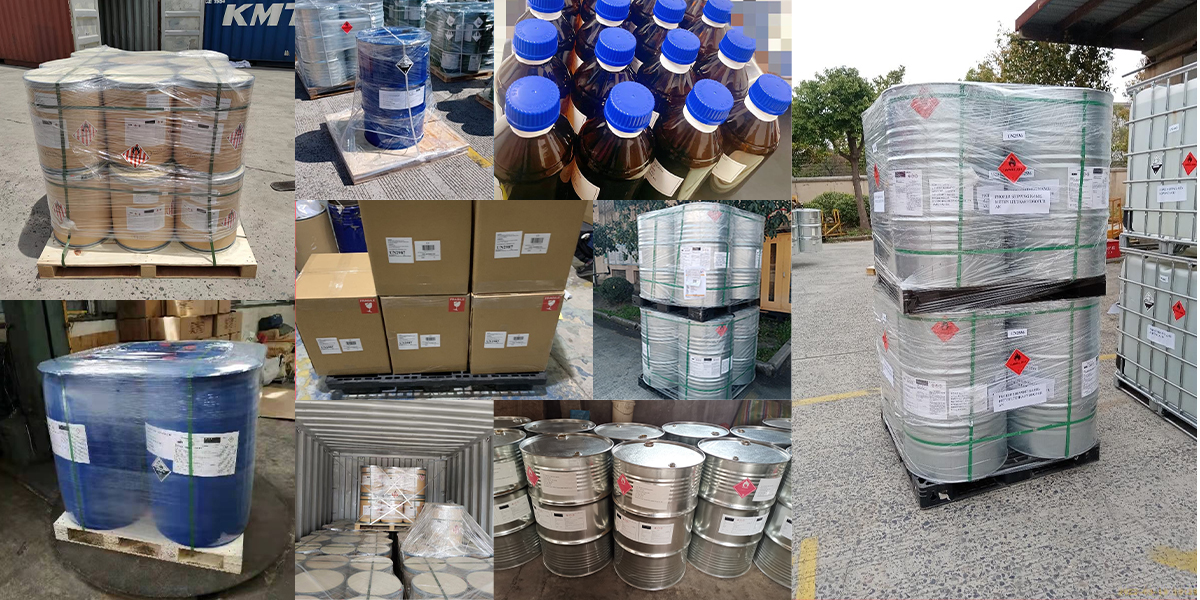The Science Behind TAIC: Enhancing Material Durability and Performance
Triallyl Isocyanurate (TAIC), identified by CAS 1025-15-6, is a sophisticated chemical compound that leverages advanced molecular engineering to deliver exceptional material enhancements. Its structure, featuring three allyl groups attached to an isocyanurate ring, allows for potent crosslinking reactions. This characteristic makes TAIC an indispensable tool for scientists and engineers aiming to elevate the performance and durability of a wide range of materials. From its origins in China, TAIC has emerged as a global standard for quality and efficacy in specialty chemicals.
The core scientific advantage of TAIC lies in its ability to create dense, three-dimensional crosslinked networks within polymer matrices. This process significantly bolsters the material's thermal resistance, enabling it to withstand higher temperatures without degradation. This is critical for applications in demanding environments, such as high-temperature automotive components or industrial machinery parts. The enhancement of polymer heat resistance through TAIC is a direct consequence of its molecular architecture and reactivity.
Beyond thermal stability, the crosslinking facilitated by TAIC imparts superior mechanical strength and resilience. Polymers modified with TAIC exhibit improved tensile strength, abrasion resistance, and impact resistance. This means that products made with TAIC are less prone to cracking, tearing, or deformation under stress, leading to extended service life and reduced maintenance. This contributes directly to material durability, a key factor in product design and consumer satisfaction.
Chemical stability is another significant benefit derived from TAIC crosslinking. The robust network formed by TAIC makes the material more resistant to degradation from exposure to solvents, acids, and other chemicals. This is crucial for applications in chemical processing, laboratories, and environments where chemical resistance is paramount. The inherent stability of TAIC itself also contributes to its effectiveness, as it is non-flammable, non-explosive, and generally considered safe for handling and storage when proper procedures are followed.
The application of TAIC is not limited to bulk polymers. It also serves as a vital intermediate in the synthesis of more complex molecules, including certain flame retardants and photoresists. Its ability to participate in various chemical reactions makes it a versatile building block for creating advanced functional materials. By understanding the science behind TAIC's reactivity and its impact on material properties, industries can unlock new possibilities and develop products that meet the most stringent performance requirements. Our commitment is to provide the highest grade of TAIC to support these scientific and industrial endeavors.






